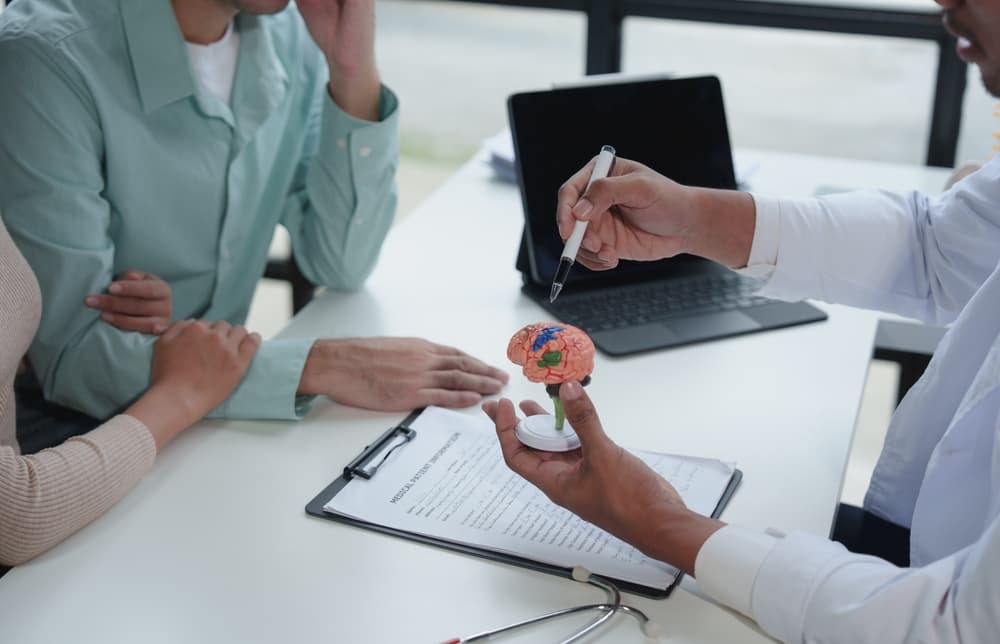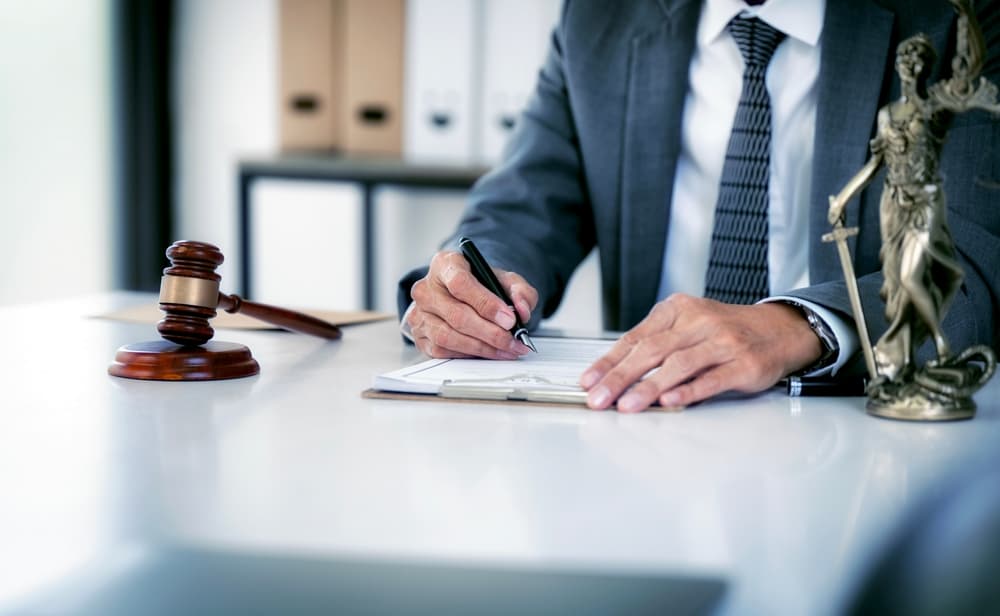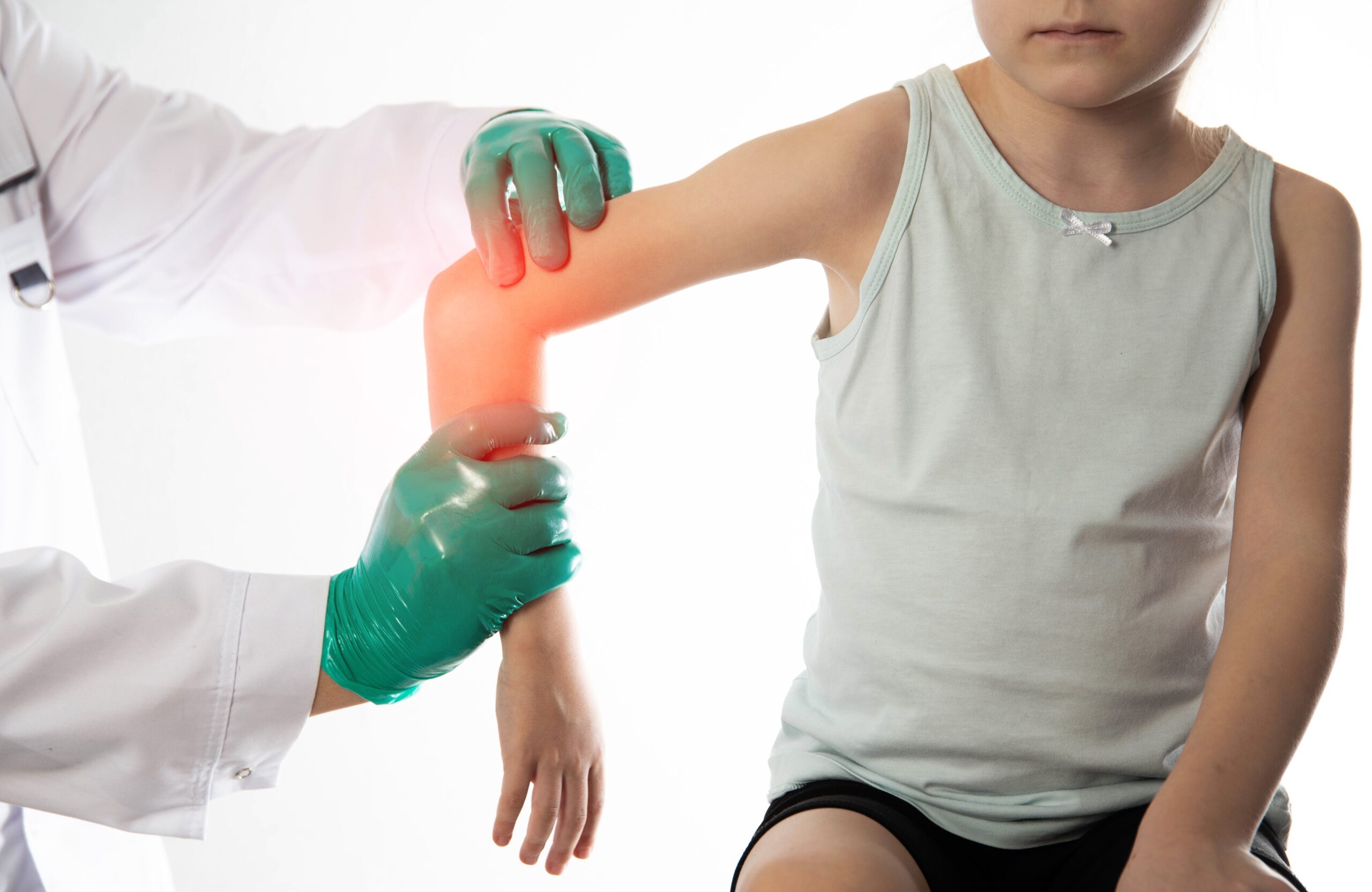If a vehicle struck you or a loved one while you were walking, you're likely experiencing physical pain from your injuries and emotional scars from the pedestrian accident itself. You’re also dealing with financial hardship arising from mounting medical bills and lost income.
As you recover and consider your options to obtain compensation from those responsible, you may wonder what are common pedestrian accident injuries and what you need to do to hold the other party accountable and get the financial recovery you need.
Pedestrian accidents often result in severe injuries due to the vulnerability of those on foot when a much larger, heavier vehicle collides with them. Read on to learn about the various injuries pedestrians may suffer, their potential long-term effects, and the steps you can take to protect your rights and seek the compensation you deserve.
An experienced Minnesota pedestrian accident attorney can provide invaluable support and guidance through this difficult time. Reach out to a pedestrian accident lawyer near you today for a free consultation.
Head and Brain Injuries
When a vehicle strikes a pedestrian, the impact often throws the person to the ground or against other hard surfaces, putting their head at significant risk. These injuries can range from mild concussions to severe traumatic brain injuries, each with its own set of challenges and potential long-term consequences.
Concussions

Concussions occur when the brain is jolted inside the skull, causing temporary dysfunction. Symptoms may include:
- Headaches
- Dizziness
- Confusion
- Memory problems
- Nausea
- Sensitivity to light and sound
Concussions can have lasting effects, especially if not properly treated or if a person suffers multiple concussions over time.
Traumatic Brain Injuries (TBI)
Typically more severe than concussions, traumatic brain injuries can have profound and life-altering consequences. TBIs may result in:
- Cognitive impairments
- Speech and language difficulties
- Motor function problems
- Personality changes
- Mood disorders
- Seizures
Recovering from a TBI often requires extensive medical treatment, rehabilitation, and long-term care. These injuries can result in substantial financial burdens, which is why you need an attorney to help you get compensation.
Other Head Injuries
Additional head injuries that may occur in pedestrian accidents include:
- Skull fractures
- Hematomas (blood clots in or around the brain)
- Lacerations and contusions to the scalp and face
These injuries may require surgical intervention and can lead to complications such as infections or permanent disfigurement.
Spinal Cord Injuries
The impact of a pedestrian accident can cause severe damage to the spinal cord, potentially resulting in partial or complete paralysis. These injuries often lead to permanent disabilities and require lifelong medical care and support.
Partial Paralysis
Partial paralysis, also known as paraplegia, typically affects the lower half of the body. This condition can result in:
- Loss of movement in the legs
- Loss of sensation below the injury site
- Bladder and bowel control issues
- Sexual dysfunction
Individuals with partial paralysis may require wheelchairs for mobility and face significant lifestyle changes.
Complete Paralysis
Complete paralysis, or quadriplegia, affects all four limbs and sometimes extends to the torso. This severe condition can lead to:
- Total loss of movement and sensation below the neck
- Inability to breathe independently
- Loss of all bodily functions below the injury site
People with complete paralysis often require 24/7 care and specialized equipment to maintain their quality of life.
Broken Bones and Fractures
The force of impact in a pedestrian accident frequently results in broken bones and fractures. These injuries can cause significant pain, limit mobility, and require extensive medical treatment.
Lower Extremity Fractures
Injuries to the legs and feet are common in pedestrian accidents and may include:
- Broken ankles
- Fractured tibias and fibulas
- Broken femurs
- Pelvic fractures
These injuries often require surgical intervention, extended periods of immobilization, and physical therapy to regain function.
Upper Body Fractures
While less common than lower body injuries, upper body fractures can still occur when pedestrians are thrown by the impact. These may include:
- Broken arms and wrists
- Fractured collarbones
- Broken ribs
Upper body fractures can significantly impair a person's ability to perform daily activities and may prevent them from working during recovery.
Soft Tissue Injuries
While not always as immediately apparent as broken bones, soft tissue injuries can cause significant pain and long-term complications for pedestrian accident victims.
Sprains and Strains
Sprains (injuries to ligaments) and strains (injuries to muscles or tendons) are common in pedestrian accidents. These injuries can occur in various parts of the body, including:
- Ankles
- Knees
- Wrists
- Neck
While often considered less severe than other injuries, sprains and strains can lead to chronic pain and reduced mobility if not properly treated.
Contusions and Lacerations
The impact of a pedestrian accident can cause severe bruising (contusions) and cuts (lacerations). These injuries may seem superficial but can lead to complications such as:
- Infections
- Nerve damage
- Scarring and disfigurement
In some cases, severe lacerations may require reconstructive surgery to repair damage to underlying tissues.
Internal Injuries
The force of impact in a pedestrian accident can cause severe internal injuries that may not be immediately apparent but can be life-threatening if left untreated.
Organ Damage
Internal organs vulnerable to damage in pedestrian accidents include:
- Liver
- Spleen
- Kidneys
- Lungs
Organ damage can lead to internal bleeding, organ failure, and other serious complications that require immediate medical attention and potentially long-term treatment.
Internal Bleeding
Internal bleeding is a serious consequence of many pedestrian accidents. It can occur in various parts of the body, including:
- Brain (intracranial hemorrhage)
- Chest cavity
- Abdominal cavity
Internal bleeding may not be immediately noticeable but can quickly become life-threatening if not diagnosed and treated promptly.
Psychological Injuries
The trauma of a pedestrian accident extends beyond physical injuries. Many victims experience significant psychological distress that can have long-lasting effects on their mental health and overall well-being.
Post-Traumatic Stress Disorder (PTSD)
PTSD is a common psychological injury following a traumatic event like a pedestrian accident. Symptoms may include:
- Flashbacks and nightmares about the accident
- Anxiety and panic attacks
- Avoidance of situations that remind the person of the accident
- Hypervigilance and exaggerated startle response
PTSD can significantly impact a person's daily life, relationships, and ability to work.
Depression and Anxiety
The physical and emotional toll of a pedestrian accident can lead to depression and anxiety disorders. Symptoms may include:
- Persistent sadness or feelings of hopelessness
- Loss of interest in previously enjoyed activities
- Difficulty concentrating or making decisions
- Changes in sleep patterns and appetite
- Excessive worry or fear, especially related to walking or being near traffic
These psychological injuries often require professional treatment, including therapy and sometimes medication, to help the victim recover and regain their quality of life.
Long-term Consequences of Pedestrian Accident Injuries
Many pedestrian accident injuries have effects that extend far beyond the initial recovery period, impacting victims' lives for years or even permanently.
Chronic Pain
Injuries from pedestrian accidents can lead to chronic pain conditions, including:
- Persistent back pain
- Joint pain from improperly healed fractures
- Nerve pain from damaged tissue
Chronic pain can significantly reduce a person's quality of life, affecting their ability to work, engage in hobbies, and maintain relationships.
Disability and Lifestyle Changes
Severe injuries may result in permanent disabilities that require significant lifestyle adjustments, such as:
- Home modifications for wheelchair accessibility
- Adaptive equipment for daily living tasks
- Career changes or early retirement due to physical limitations
- Ongoing medical care and rehabilitation
These long-term consequences often come with substantial financial costs, underscoring the importance of seeking comprehensive compensation for your injuries.
Legal Implications of Pedestrian Accidents
You need to understand the legal aspects of pedestrian accidents to protect your rights and secure the compensation you deserve.
Importance of Medical Documentation
You need to provide your attorney with strong evidence so they can build a solid case for you. This includes:
- Emergency room records
- Diagnostic test results (X-rays, MRIs, CT scans)
- Treatment plans and progress notes
- Rehabilitation records
Seeking Compensation for Injuries
Compensation in pedestrian accident cases may cover:
- Medical expenses (past and future)
- Lost wages and loss of earning capacity
- Pain and suffering
- Emotional distress
- Loss of enjoyment of life
An experienced attorney can help you gather evidence to support your claim, calculate the full extent of your damages, and fight for fair compensation.
How a Personal Injury Attorney Can Help
A skilled personal injury attorney brings invaluable support to your pedestrian accident case by:
- Investigating the accident and gathering evidence
- Negotiating with insurance companies on your behalf
- Calculating the full extent of your damages, including future costs
- Representing you in court if a fair settlement cannot be achieved
- Ensuring all legal deadlines are met
- Providing guidance and support throughout the legal process
With legal representation, you can focus on your recovery while your attorney handles the complexities of your case.
Pedestrian Accident Statistics
Pedestrian accidents are a major concern throughout the country. Consider the latest pedestrian accident statistics from the National Highway Traffic Safety Administration (NHTSA):
- 7,522 pedestrians were killed in traffic crashes in the United States in 2022.
- More than 67,000 pedestrians sustained injuries in accidents nationwide.
- On average, a pedestrian dies every 70 minutes in traffic crashes across the country.
Many pedestrian accidents occur in marked or signaled crosswalks, signifying the dangers of negligent drivers. Most pedestrian collisions happen in urban areas, underscoring the need for proper pedestrian infrastructure and vigilance from motor vehicle operators.
Contact an Experienced Pedestrian Accident Lawyer Today

If you or a loved one has suffered injuries in a pedestrian accident, Nicolet Law Accident & Injury Lawyers are here to help. Our team of dedicated attorneys understands the physical, emotional, and financial hardships you're facing. We have a proven track record of successfully representing pedestrian accident victims and securing the compensation they deserve.
At Nicolet Law, we believe in personalized attention for every client. We'll take the time to listen to your story, understand your needs, and develop a tailored legal strategy to achieve the best possible outcome for your case. Our Minnesota personal injury lawyers provide compassionate but aggressive representation when it comes to protecting our clients' rights. Don't let the insurance companies minimize your suffering or deny you fair compensation. Contact Nicolet Law Accident & Injury Lawyers today for a free, no-obligation consultation. You pay us nothing upfront to handle your case, and we only accept attorney fees if we recover compensation for you. Let us shoulder the legal burden while you focus on healing and rebuilding your life.
